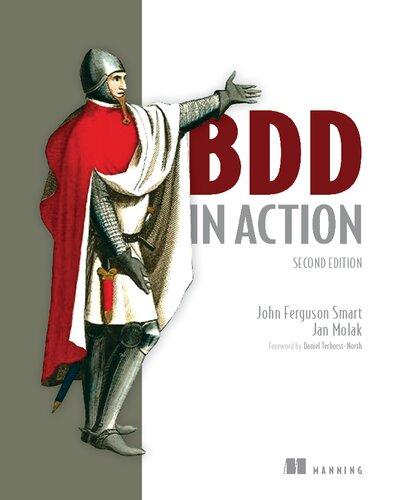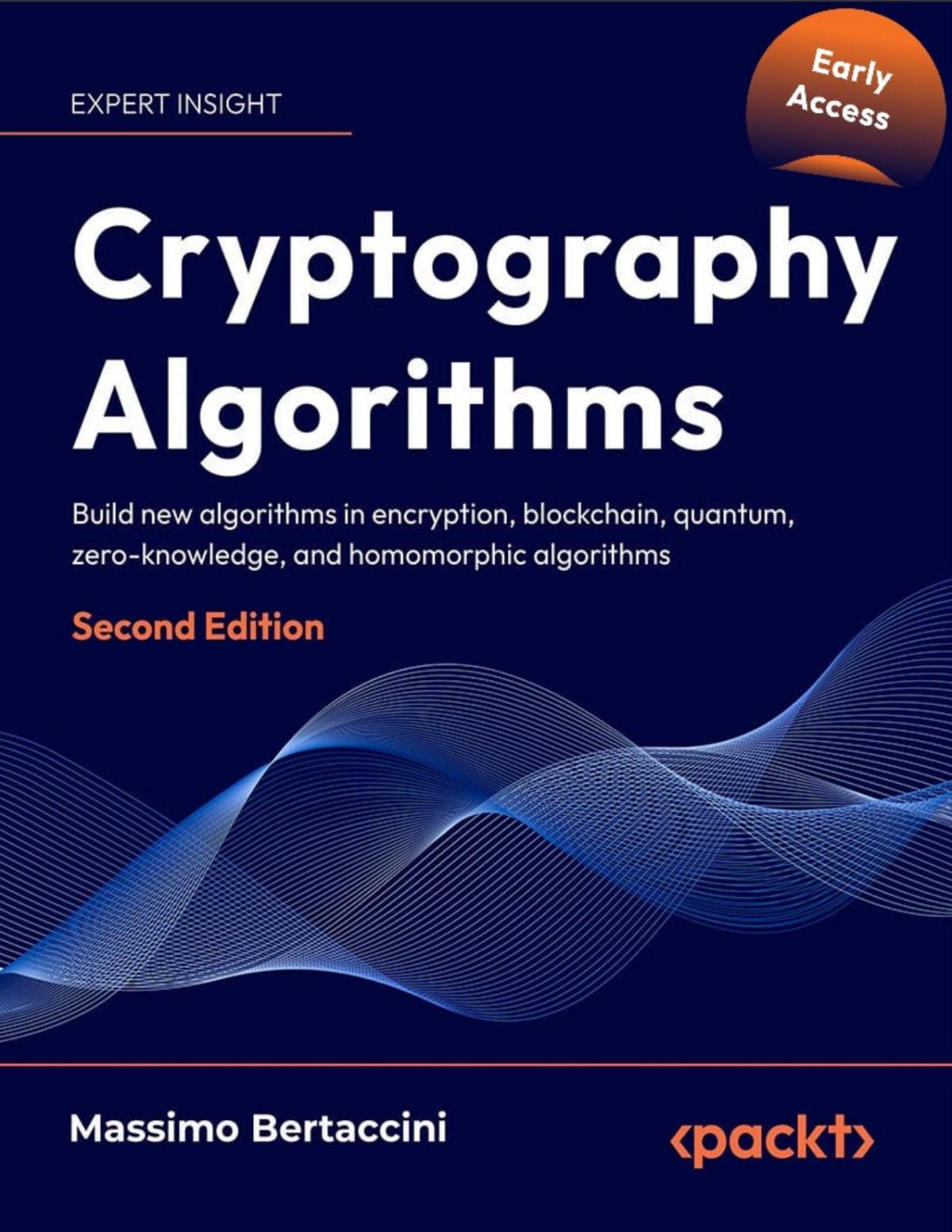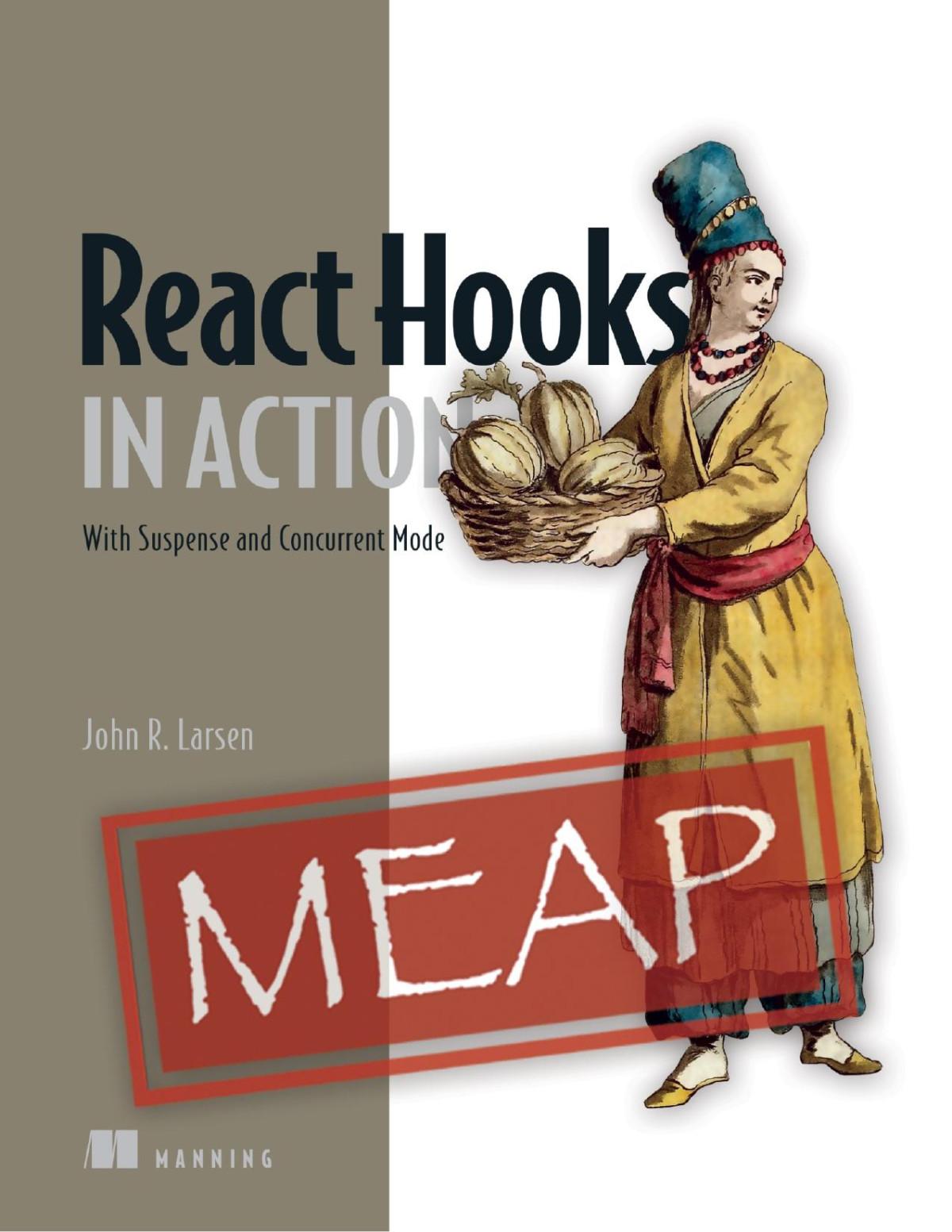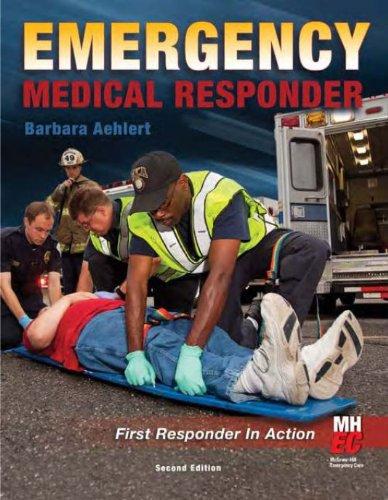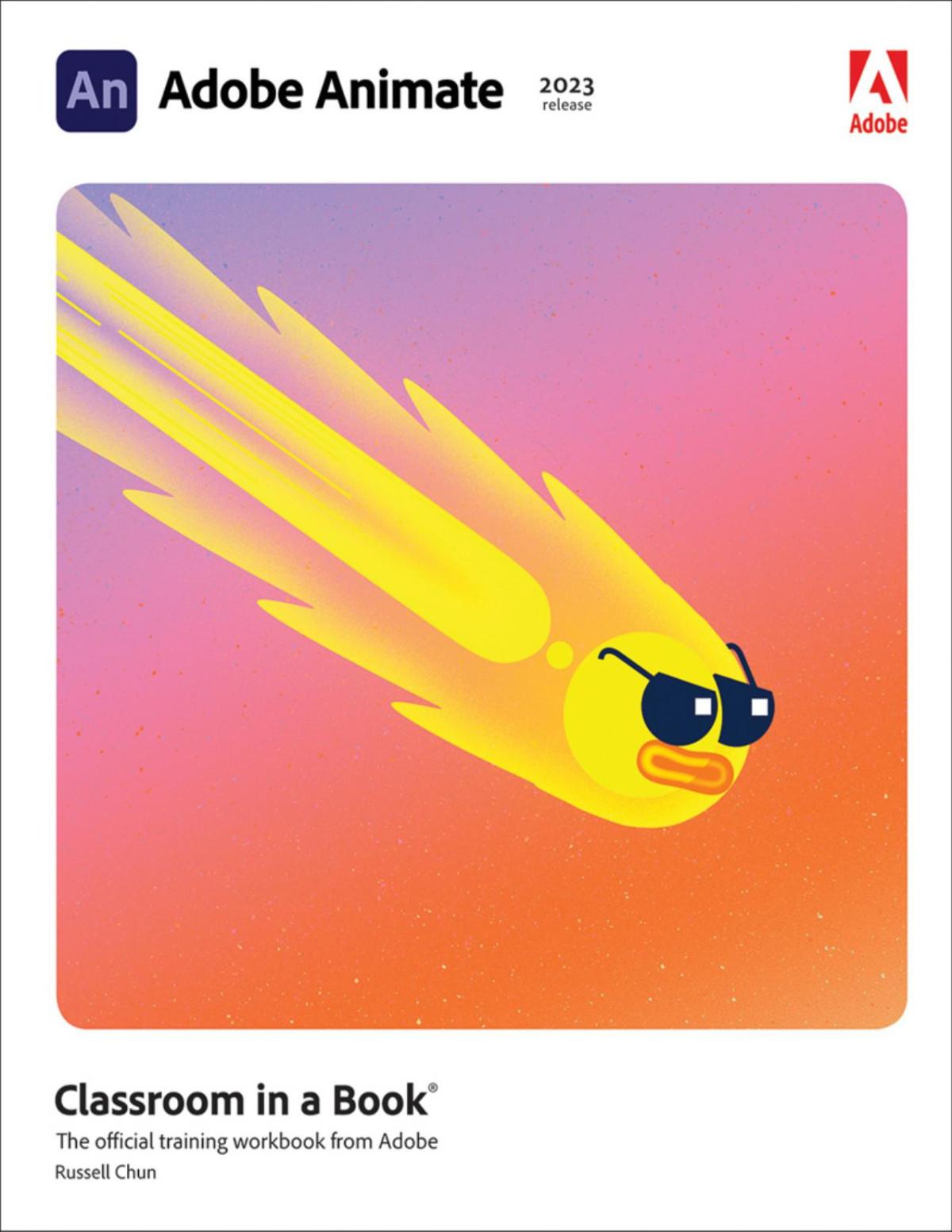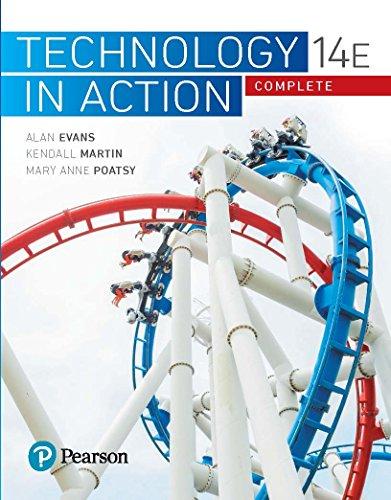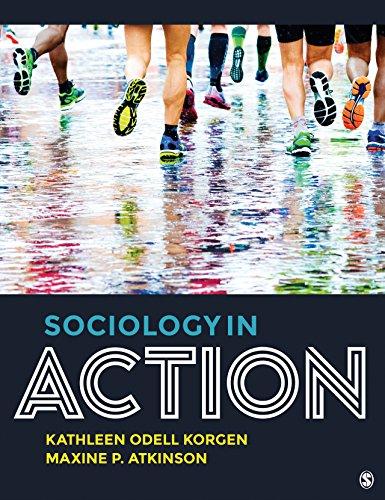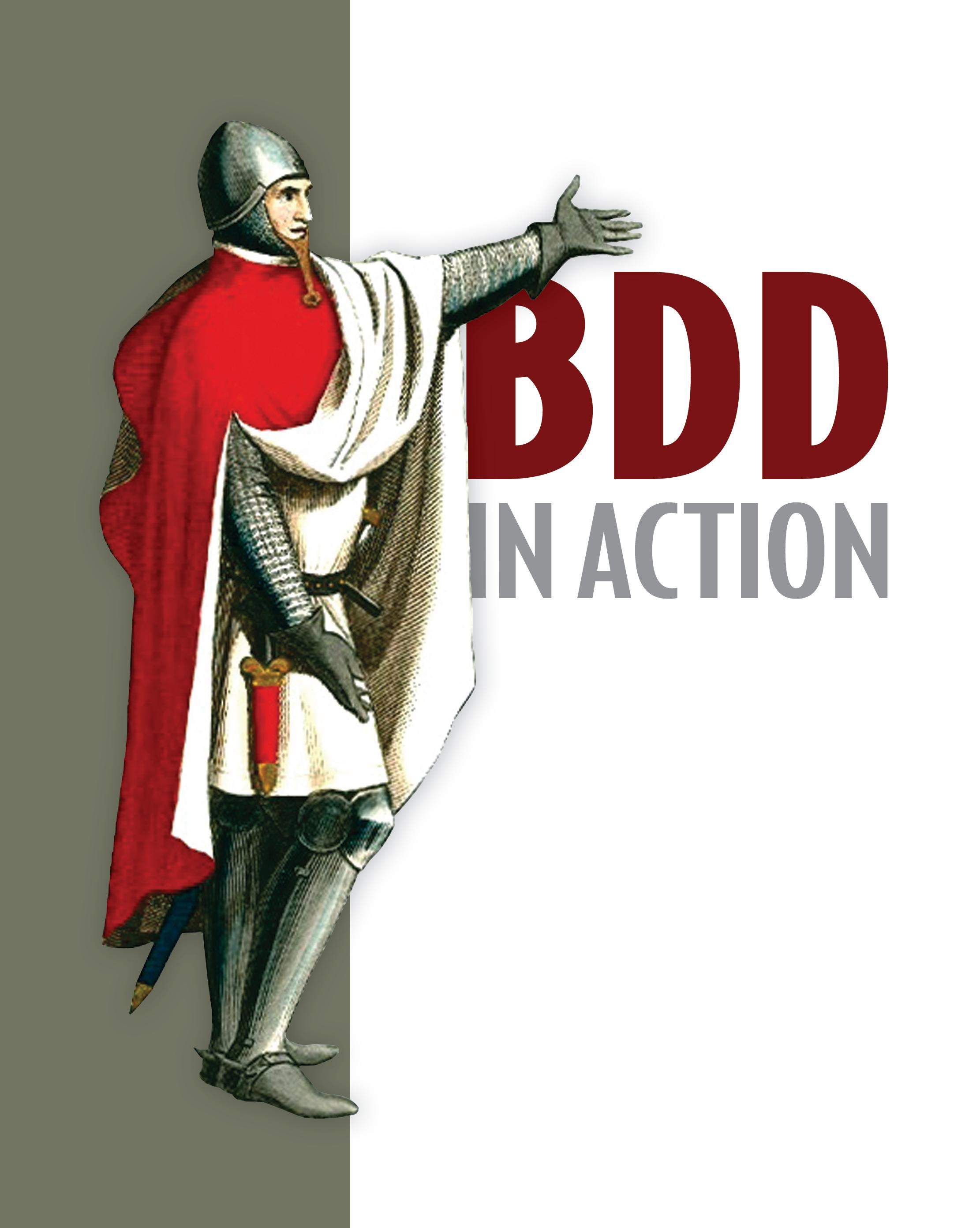Deliberate Discovery—A “Sonnet”
Uncertainty’s the muse of all that’s new, And ignorance the space in which she plays; A year’s enough to prove a vision true, But we could prove it false in only days. We dream, and chase our dream, and never fear To fail, and fail. Up, up! And on again, But ask us to pursue another’s goals And failure makes us mice where we were men. Ah, best laid plans! Where were you at the end Who chained us and constrained us from the start? We knew you made a fickle, fragile friend; You tricked us when you claimed you had a heart! We thought less travelled roads would see us winning In places other fools had feared to stray— If only we had known from the beginning The ignorance we found along the way. And yet, a list of dangers and disasters Filled out, and scanned, and added to some more Would still have left out some of what we mastered— We didn’t know we didn’t know before.
We planned our way with maps we’d made already Assuming the terrain would be the same, Expecting well-paved roads to keep us steady And any local creatures to be tame. We loaded up our caravans and wagons With good advice, best practices and tools But didn’t spot the legend—“Here be dragons!” So we got burnt, again. They say that fools Rush in, and yet we count ourselves as wise, We praise each other’s skill and raise a glass To intellect—ignoring the demise Of expeditions just as skilled as ours. When they return, worn out, their pride in shreds, We laugh and say, “A death march! You expect Such things to fail.” And in our clever heads It’s obvious—at least in retrospect. The dragons of our ignorance will slay us If we don’t slay them first. We could be brave And work for kings who don’t refuse to pay us When we’re delayed because we found their cave.
They say that matter cannot be created, A fundamental principle and law, While dragons keep emerging, unabated; As many as you slay, there’s still one more. Our ignorance is limitless—be grateful, Or else we’d find we’ve nothing left to learn; To be surprised by dragons may be fateful, But truth be told, it’s best laid plans that burn. We could seek out the dragons in their dungeons And tread there softly, ready to retreat; We could seek other roads, postponing large ones, And only fight the ones we might defeat. The world could be a world of dragon slayers And stand as men and women, not as mice; The joy that comes from learning more should sway us; The fiercest dragons won’t surprise us twice. Discover tiny dragons, be they few, And all the mightiest, with equal praise— Uncertainty’s our muse of all that’s new, And ignorance the space in which she plays.
—Liz Keogh
forewordxvi prefacexviii acknowledgmentsxix about this bookxxi about the authorsxxv about the cover illustrationxxvi
PART 1FIRST STEPS
1 Building software that makes a difference3
1.1BDD from 50,000 feet51.2What problems are you trying to solve?8
Building the software right8 ■ Building the right software9
The knowledge constraint: Dealing with uncertainty11
1.3Is BDD right for your projects?12
1.4What you will learn in this book 13
2 Introducing Behavior-Driven Development14
2.1BDD was originally designed to make teaching TDD easier15
2.2BDD also works well for requirements analysis17
3
2.3BDD principles and practices19
Focus on features that deliver business value20 ■ Work together to specify features20 ■ Embrace uncertainty21 ■ Illustrate features with concrete examples21 ■ A Gherkin primer22 Don’t write automated tests; write executable specifications24 These principles also apply to unit tests26 ■ Deliver living documentation29 ■ Use living documentation to support ongoing maintenance work30
2.4Benefits of BDD31
Reduced waste31 ■ Reduced costs32 ■ Easier and safer changes32 ■ Faster releases32
2.5Disadvantages and potential challenges of BDD32
BDD requires high business engagement and collaboration32 BDD works best in an Agile or iterative context33 ■ BDD doesn’t work well in a silo33 ■ Poorly written tests can lead to higher testmaintenance costs33
BDD: The whirlwind tour35
3.1The BDD flow36
3.2Speculate: Identifying business value and features37
Identifying business objectives38 ■ Discovering capabilities and features39 ■ Describing features41
3.3Illustrate: Exploring a feature with examples42 Discovering the feature42 ■ Slicing the feature into User Stories44
3.4Formulate: From examples to executable specifications45
3.5Automate: From executable specifications to automated tests47
Setting up a project with Maven and Cucumber47 ■ Recording the executable specifications in Cucumber51 ■ Automating the executable specifications54 ■ Implementing the glue code55
3.6Demonstrate: Tests as living documentation68
3.7BDD reduces maintenance costs70
PART 2WHAT DO I WANT? DEFINING REQUIREMENTS
4 Speculate: From business goals to prioritized features75
4.1The Speculate phase76
Strategic Planning in a BDD project77 ■ Strategic Planning is a continuous activity78 ■ Strategic Planning involves both stakeholders and team members78 ■ Identifying hypotheses and assumptions rather than features79
4.2Describing business vision and goals81
Vision, goals, capabilities, and features81 ■ What do you want to achieve? Start with a vision83 ■ The vision statement84 Using vision statement templates84 ■ How will it benefit the business? Identify the business goals85 ■ Writing good business goals86 ■ Show me the money: Business goals and revenue87 Popping the “why stack”: Digging out the business goals89
4.3Impact Mapping92
Identify the pain point93 ■ Define the business goal94 Who will benefit? Defining the actors94 ■ How should their behavior change? Defining the impacts96 ■ What should we do about it? Defining the deliverables97 ■ Reverse Impact Mapping98
4.4Pirate Canvases99
Pirate Metrics99 ■ From Pirate Metrics to Pirate Canvases101 Discovering what sucks101
■ Building the Epic Landscape105
5 Describing and prioritizing features113
5.1BDD and Product Backlog Refinement114
5.2What is a feature?115
Features deliver capabilities117 ■ Features can be broken down into more manageable chunks121 ■ A feature can be described by one or more User Stories123 ■ A feature is not a User Story126 Release features and product features127 ■ Not everything fits into a hierarchy128
5.3Real Options: Don’t make commitments before you have to129
Options have value130 ■ Options expire131 ■ Never commit early unless you know why132
5.4Deliberate Discovery132
5.5Release and sprint planning with BDD133
6 Illustrating features with examples136
6.1The Three Amigos and other requirements discovery workshops137
6.2Illustrating features with examples139
6.3Using tables to describe more complex requirements145
6.4Example Mapping147
Example Mapping starts with a User Story148 ■ Finding rules and examples149 ■ Discovering new rules150 ■ Surfacing uncertainty150 ■ Facilitating an Example Mapping session151
6.5Feature Mapping153
Feature Mapping begins with an example154 ■ Examples are broken into steps154 ■ Look for variations and new rules155 Look for alternate flows156 ■ Grouping related flows and recording uncertainty157
6.6OOPSI159
Outcomes159 ■ Outputs160 ■ Process160 Scenarios161 ■ Inputs161
7 From examples to executable specifications164
7.1Turning concrete examples into executable scenarios165
7.2Writing executable scenarios168
A feature file has a title and a description168 ■ Describing the scenarios169 ■ The Given . . . When . . . Then structure170 Ands and buts172 ■ Comments173
7.3Using tables in scenarios174
Using tables in individual steps174 ■ Using tables of examples175 ■ Pending scenarios178
7.4Organizing your scenarios using feature files and tags179
The scenarios go in a feature file179 ■ A feature file can contain one or more scenarios180 ■ Organizing the feature files181 Using a flat directory structure181
■ Organizing feature files by stories or product increments181
■ Organizing feature files by functionality and capability182
■ Annotating your scenarios with tags182 ■ Provide background and context to avoid duplication185
7.5Rules and examples186
7.6Expressive scenarios: Patterns and anti-patterns187
The art of good Gherkin187 ■ What bad Gherkin looks like188 Good scenarios are declarative, not imperative189 ■ Good scenarios do one thing, and one thing well191 ■ Good scenarios have meaningful actors193 ■ Good scenarios focus on the essential and hide the incidental196 ■ Gherkin scenarios are not test scripts200 ■ Good scenarios are independent201
7.7But where are all the details?204
P ART 3H OW DO I BUILD IT? C ODING
8 From executable specifications to automated acceptance tests207
8.1Introduction to automating scenarios210
Step definitions interpret the steps210
8.2Setting up your project212
Setting up a Cucumber project in Java or TypeScript213
Organizing a Cucumber project in Java213 ■ Organizing a Cucumber project in TypeScript215
8.3Running Cucumber scenarios216
Cucumber test runner classes in Java217 ■ Running Cucumber scenarios in JavaScript and TypeScript218
8.4Writing glue code219
Injecting data with step definition parameters220 ■ Making your Cucumber Expressions more flexible222 ■ Cucumber Expressions and custom parameter types223 ■ Using regular expressions225 Working with lists and data tables228
8.5Setting up and tearing down with backgrounds and hooks232
Using background steps232 ■ Using hooks234
8.6Preparing your test environments using hooks238
Using in-memory databases239
8.7Using virtual test environments239
Using TestContainers to manage Docker containers for your tests240
9 Writing solid automated acceptance tests243
9.1Writing industrial-strength acceptance tests244
9.2Using personas and known entities246
Working with persona in your scenarios246 ■ Storing persona data in HOCON247
9.3Layers of abstraction248
The Business Rules layer describes the expected outcomes249 ■ The Business Flow layer describes the user’s journey251 ■ Business tasks interact with the application or with other tasks254 ■ The Technical layer interacts with the system254
10 Automating acceptance criteria for the UI layer257
10.1When and how should you test the UI?258
10.2Where does UI testing fit in your test automation strategy?259
Which scenarios should be implemented as UI tests?260 Illustrating user journeys260 ■ Illustrating business logic in the user interface261 ■ Documenting and verifying screen-specific business logic262 ■ Showing how information is rendered in the user interface263 ■ Automating web-based acceptance criteria using Selenium WebDriver263 ■ Getting started with WebDriver in Java265 ■ Setting up a WebDriver driver267 ■ Integrating WebDriver with Cucumber269 ■ Sharing WebDriver instances between step definition classes269 ■ Interacting with the web page270 ■ How to locate elements on a page272 ■ Interacting with web elements280 ■ Working with modern UI library components283 ■ Working with asynchronous pages and testing AJAX applications285
10.3Test-friendly web applications288
10.4Next steps289
11 Test automation design patterns for the UI layer291
11.1The limitations of unstructured test scripts291
11.2Separating location logic from test logic292
11.3Introducing the Page Objects pattern293
Page Objects are responsible for locating elements on a page293 Page Objects represent objects on a page, not an entire page296 Page Objects tell you about the state of a page296 ■ Page Objects perform business tasks or simulate user behavior298 ■ Page Objects present state in business terms301 ■ Page Objects hide wait
conditions and other incidental implementation details302 Page Objects do not contain assertions303 ■ WebDriver Page Factories and the @FindBy annotation304 ■ Finding collections306 ■ Page Objects in Serenity BDD308
11.4Going beyond Page Objects309
Action classes310 ■ Query classes311 ■ DSL layers and builders312
12 Scalable test automation with the Screenplay Pattern315
12.1What is the Screenplay Pattern, and why do we need it?316
12.2Screenplay fundamentals320
12.3What is an actor?320
12.4Actors perform tasks321
12.5Interactions model how actors interact with the system322
Actors can perform multiple interactions323 ■ Interactions are objects, not methods325 ■ Interactions can perform waits as well as actions326 ■ Interactions can also interact with REST APIs328
12.6Abilities are how actors interact with the system328
12.7Writing our own interaction classes329
12.8Questions allow an actor to query the state of the system330
Questions query the state of the system331 ■ Domain-specific Question classes make our code more readable333 ■ Actors can use questions to make assertions333
12.9Tasks model higher-level business actions334
Simple tasks improve readability334 ■ More complex tasks enhance reusability335
12.10Screenplay and Cucumber337
Actors and casts338 ■ The Screenplay stage338 ■ Defining a custom parameter type for actors339 ■ Defining persona in enum values339 ■ Screenplay assertions in Cucumber340
13 BDD and executable specifications for microservices and APIs342
13.1APIs and how to test them343
13.2Defining a feature using a web UI and a microservice344
Understanding the requirements344 ■ From requirements to executable specifications346
14
13.3Automating acceptance tests for microservices350
13.4The microservice architecture under test351
Preparing the test data352 ■ Performing a POST query: Registering a Frequent Flyer member353 ■ Querying JSON responses with JSONPath356 ■ Performing a GET query: Confirming the frequent flyer address358 ■ Partial JSON Responses: Checking the new Frequent Flyer account details360 Performing a DELETE query: Cleaning up afterward362
13.5Automating more granular scenarios and interacting with external services363
13.6Testing the APIs or testing with the APIs364
Executable specifications for existing systems with Serenity/JS365
14.1Navigating an uncharted territory with Journey Mapping366
Determine actors and goals to understand the business context366 Determine what workflows support the goals of interest368 Associate workflows with features370 ■ Establish a steel thread of scenarios that demonstrate the features372 ■ Determine verifiable consequences of each scenario374 ■ Using task analysis to understand the steps of each scenario377
14.2Designing scalable test automation systems381 Using layered architecture to design scalable test automation systems382 ■ Using actors to link the layers of a test automation system383 ■ Using actors to describe personas384
14.3Capturing business context in the Specification layer387
15
Portable test automation with Serenity/JS393
15.1Designing the Domain layer of a test automation system394
Modeling business domain tasks395 ■ Implementing business domain tasks396 ■ Composing interactions into tasks397 Using an outside-in approach to enable task substitution398 Leveraging non-UI interactions with blended testing399 Using tasks as a mechanism for code reuse402 ■ Implementing verification tasks407
15.2Designing a portable Integration layer412 Writing portable tests for the web interfaces413 ■ Identifying page elements414 ■ Implementing Lean Page Objects416
Implementing Companion Page Objects417 ■ Implementing portable interactions with Page Elements418 ■ Using Page Element Query Language to describe complex UI widgets419 Configuring web integration tools423 ■ Sharing test code across projects and teams424
16 Living documentation and release evidence427
16.1Living documentation: A high-level view428
16.2Reporting on feature readiness and feature coverage430
Feature readiness: What features are ready to deliver431
Feature coverage: What requirements have been built433
16.3Integrating a digital product backlog435
16.4Leveraging product backlog tools for better collaboration438
16.5Organizing the living documentation440
Organizing living documentation by high-level requirements440 Organizing living documentation using tags441 ■ Living documentation for release reporting441 ■ Low-level living documentation443 ■ Unit tests as living documentation443
16.6Living documentation for legacy applications445
index447
foreword
Welcome to the second edition of John Ferguson Smart’s comprehensive BDD in Action. When I wrote the foreword to the first edition in 2014, it was with a mixture of relief and delight that someone had taken on the mammoth task of capturing the landscape of BDD methods, tools, and techniques. John’s approach was to carefully, thoughtfully, and thoroughly document what he saw and experienced, as a practitioner, coach, consultant, and trainer, and I was excited to write the foreword that introduced this book to the world.
Fast-forward to 2023, and we are living in a world in which everything has changed. A global pandemic has seen an unprecedented increase in the use of the word “unprecedented.” Teams and organizations are adopting distributed and hybrid working patterns, making collaboration on knowledge work simultaneously more important and more challenging than ever before.
Behavior-Driven Development seems to be a perfect fit for this new world. Its focus on communication across the entire product development cycle means we have living documentation as shared artifacts between team members and other stakeholders separated by geography and time zones. The team can agree on a feature, discuss its scope in the form of scenario titles (“The one where . . .”), and get into the detail of acceptance criteria, while having automated assurance that what they agreed is indeed how the application behaves. Tie this into your version control and path to live and you are well on the way to full continuous compliance!
In this updated edition of the book, John and Jan have revisited all the existing content, improving its clarity and flow for both the first-time reader and the returning
practitioner. But the world does not stand still; since 2014 there have been several exciting new developments in the world of BDD.
Example Mapping is a simple yet powerful way of exploring a feature, surfacing uncertainty, and capturing assumptions, business rules, questions, and, of course, examples. I will admit that when it was first described to me, I reacted with a polite but confused “So what?” It seemed too simple to be useful. But then many of the best ideas are, and it has since become a staple of my BDD tool kit.
The Screenplay Pattern is another obvious-when-you-say-it-out-loud technique. Most UI automation frameworks use the language of the UI—buttons, fields, forms, and so forth—known as a page model. Screenplay flips this on its head and says, “Why not describe UI interactions in the language of the business domain, like we do everywhere else?” You won’t go back.
John and Jan describe these and other valuable techniques with their customary clarity and detail, providing worked examples that guide the reader through not only theory but tangible practice. I found myself nodding along with much of this new material, as well as having a couple of Aha! moments myself.
I am delighted that BDD still has this much traction and interest nearly 20 years on (!), and I am grateful to John and Jan for producing this second edition of such a comprehensive resource.
—Daniel Terhorst-North, practitioner consultant
preface
Like many projects, when I started working on a new edition to BDD in Action in 2019, I thought it would be easy: a few library updates here and there, and maybe a couple of new sections on the more recent requirement discovery practices.
But as I reread the material I’d written about BDD in 2013–2014, I realized that a lot of things had evolved. To paraphrase Roy Scheider’s character in Jaws, I was going to need a bigger book. The core tenets remained the same, as the fundamental ideas behind BDD are still as solid, and as useful, as ever.
But the way we do BDD has evolved quite a bit. We’ve learned how to facilitate requirements discovery sessions more effectively, with techniques such as Example Mapping, Feature Mapping, and Journey Mapping. We have also seen so many teams misinterpret and misunderstand BDD and suffer as a consequence, so some clarification of the core principles seemed useful. In 2015, I was introduced to the Screenplay Pattern for the first time, and for me this was a game-changer in writing cleaner, more maintainable test automation code.
JavaScript has grown massively since the first edition; I’ve teamed up with Jan Molak, author of Serenity/JS (the TypeScript implementation of the Screenplay pattern), to take a deeper look at how to practice the technical side of BDD in JavaScript and TypeScript projects.
In this edition, no chapter remained untouched, many chapters were completely rewritten, and there are several entirely new ones. Enjoy!
acknowledgments
A little like a film, a book has a cast of hundreds, from minor roles to people whose contributions made this book possible. Our thanks go to the dedication, professionalism, and attention to detail of all the folks at Manning: Michael Stephens, Melissa Ice, Rebecca Rinehart, Paul Spratley, Eleonor Gardner, and many others. Helen Stergius and Marina Michaels, our development editors, were unflagging, courteous, and helpful—all the way to the final chapter—in the drive to push this book into production. Thanks to Nick Watts and Srihari Sridharan, who did an exemplary job as technical proofreaders and came up with some great suggestions along the way.
The reviewers also deserve special mention—this book would not be what it is without their help: Alain Couniot, Alessandro Campeis, Alex Lucas, Andy Wiesendanger, Burk Hufnagel, Christian Kreutzer-Beck, Conor Redmond, Craig Smith, David Paccoud, Goetz Heller, Hilde Van Gysel, Jared Duncan, Jean-François Morin, Jeff Smith, John Booth, John Guthrie, John Kasiewicz, Julien Pohie, Kelum Prabath Senanayake, Kelvin Johnson, Kevin Liao, Lorenzo De Leon, Phillip Sorensen, Richard Vaughan, Ronald Borman, Santosh Shanbhag, and Viorel Moisei.
We owe much of what we know about BDD to the BDD community: Gojko Adzic, Nigel Charman, Andrew Glover, Liz Keogh, Chris Matts, Dan North, Richard Vowles, and many others—not to mention the broader Agile and open source communities: Dan Allen, John Hurst, Paul King, Aslak Knutsen, Bartosz Majsak, Gáspár Nagy, Seb Rose, Alex Soto, Renee Troughton, Matt Wynne, and more. Thanks for so many fruitful conversations, email exchanges, pair coding sessions, and Skype chats! Special thanks to Daniel Terhorst-North for contributing the foreword to the book.
A special thanks also goes to Antony Marcano and Andy Palmer, who introduced us to the idea of the Screenplay Pattern and helped to take our automation coding to another level.
Much of the content of the book is inspired by work done and conversations held over the years with clients, friends, and colleagues in many different organizations: Anthony O’Brien, Parikshit Basrur, Tom Howard, Ray King, Ian Mansell, Peter Merel, Michael Rembach, Simeon Ross, Tim Ryan, Tong Su, Peter Suggitt, Marco Tedone, Peter Thomas, Trevor Vella, Gordon Weir, John Singh, and many others.
FROM JOHN: A very special thanks to my dedicated spouse, Chantal, and my boys, James and William, without whose patience, endurance, support, and encouragement this book would simply not have been possible.
FROM JAN: I want to thank my amazing wife, Anna, for her love, support, and patience. She was as important to this book getting done as I was. I also want to thank my two wonderful daughters, Alexandra and Victoria, for their encouragement and for believing in their dad.
about this book
The goal of this book is to help get teams up and running with effective BDD practices. It aims to give you a complete picture of how BDD practices apply at all levels of the software development process, including discovering and defining high-level requirements, implementing the application features, and writing executable specifications in the form of automated acceptance and unit tests.
Who should read this book
This book has a broad audience. It’s aimed both at teams who are completely new to BDD and at teams who are already trying to roll out BDD or related practices, like acceptance test–driven development or specification by example. It’s for teams who struggle with misaligned and changing requirements, time wasted due to defects and rework, and product quality. It’s for practitioners whose job is to help these teams, and it’s for everyone who shares a passion for discovering better ways to build and deliver software.
Different people will get different things out of this book:
Business analysts and testers will learn more effective ways of discovering requirements in collaboration with users, and of communicating these requirements to development teams.
Developers will learn how to write higher-quality, more maintainable code with fewer bugs, how to focus on writing code that delivers real value, and how to build automated test suites that provide documentation and feedback for the whole team.
Project managers and business stakeholders will learn how to help teams build better, more valuable software for the business.
Howthe book is organized: A road map
The book is divided into four parts, each addressing different aspects of BDD:
Part 1 presents the motivations, origins, and general philosophy of BDD and concludes with a quick, practical introduction to what BDD looks like in the real world. This part will help team members and project stakeholders alike get a solid understanding of what BDD is really about.
Part 2 focuses on collaboration. In it, you will learn how BDD practices can help teams analyze requirements more effectively in order to discover and describe what features will deliver real value to the organization. This section lays the conceptual foundation for the rest of the book and presents a number of important requirements-analysis techniques.
Part 3 provides more technical coverage of BDD practices. We’ll look at techniques for automating acceptance tests in a robust and sustainable way, study a number of BDD tools for different languages and frameworks, and see how BDD helps developers write cleaner, better-designed, higher-quality code. This section is hands-on and practical. The last chapter of part 3 is a little different and takes a look at the broader picture of BDD in the context of project management, product documentation, reporting, and integration into the build process.
Most of the practical examples in the book will use Java-based languages and tools, but we’ll also look at examples of BDD tools for JavaScript and TypeScript. The approaches we discuss will be generally applicable to any language.
Because of the broad focus of the book, you may find different sections more or less applicable to your daily work. For example, business analysts might find the material on requirements analysis more relevant than the chapters on coding practices.
Table 1 presents a (very) rough guide to the sections various readers might find particularly useful.
Table 1A rough indicator of the target audience for each section of this book
Business analyst Tester Developer Project manager
Prerequisites
The prerequisites for BDD in Action will vary depending on the parts of the book being read:
Parts 1 and 2 (high-level BDD) —These sections require little technical knowledge; they are aimed at all team members and introduce general principles of BDD. A basic understanding of Agile development practices will be helpful.
Part 3 (BDD and test automation) —This section requires programming knowledge. Most of the examples use either Java or JavaScript. The general approach is to illustrate concepts and practices with working code rather than to document any one technology exhaustively. Different technology sections will benefit from a working knowledge of the following technologies:
–Maven—The Java/JVM code samples use Maven, though only a superficial knowledge (the ability to build a Maven project) is required.
–HTML/CSS—The sections on UI testing that use Selenium/WebDriver need a basic understanding of how HTML pages are built, what a CSS selector looks like, and, optionally, some familiarity with XPath.
–Restful web services—The sections on testing web services need some understanding of how web services are implemented, in particular how web service clients are implemented.
–JavaScript—The section on testing JavaScript and JavaScript applications requires a reasonable understanding of JavaScript programming.
Chapter 16 (living documentation) —This section is general and has no real technical requirements.
About the code
This book contains many source code examples that illustrate the various tools and techniques discussed. Source code in listings or in the text appears in a fixed-width font like this. Other related concepts that appear in the text, such as class or variable names, also appear in this font.
Because this book discusses many languages, we’ve made a special effort to keep all of the listings readable and easy to follow, even if you’re not familiar with the language being used. Most of the listings are annotated to make the code easier to follow, and some also have numbered cue balls indicating particular lines of code that are discussed in the text that follows.
Source code and other resources
This book contains many source code examples in a variety of languages. The source code for these examples is available for download on GitHub at https://github.com/ bdd-in-action/second-edition, with a separate subdirectory for each chapter. Some examples are discussed across several chapters—in these cases, each chapter contains
the version of the source code discussed in that chapter. This site also contains links to the tools and libraries used in the book and other useful related resources.
In addition, you can get executable snippets of code from the liveBook (online) version of this book at https://livebook.manning.com/book/bdd-in-action-second-edition The code projects don’t contain IDE-specific project files, but they’re laid out in such a way as to make it easy to import them into an IDE.
liveBook discussion forum
Purchase of BDD in Action, second edition, includes free access to liveBook, Manning’s online reading platform. Using liveBook’s exclusive discussion features, you can attach comments to the book globally or to specific sections or paragraphs. It’s a snap to make notes for yourself, ask and answer technical questions, and receive help from the author and other users. To access the forum, go to https://livebook.manning.com/ book/bdd-in-action-second-edition/discussion . You can also learn more about Manning’s forums and the rules of conduct at https://livebook.manning.com/discussion. Manning’s commitment to our readers is to provide a venue where a meaningful dialogue between individual readers and between readers and the authors can take place. It is not a commitment to any specific amount of participation on the part of the authors, whose contribution to the forum remains voluntary (and unpaid). We suggest you try asking the authors some challenging questions lest their interest stray! The forum and the archives of previous discussions will be accessible from the publisher’s website as long as the book is in print.
about the authors
JOHN FERGUSON SMART is an international speaker, consultant, author, and trainer well known in the Agile community for his many books, articles, and presentations, particularly in areas such as BDD, TDD, test automation, software craftsmanship, and team collaboration.
John’s main focus is helping organizations and teams deliver more value by combining effective collaboration and technical excellence. John is also the creator and lead developer of the innovative Serenity BDD test automation library and founder of Serenity Dojo (https://www.serenity-dojo.com/), an online training and coaching school that helps testers from all backgrounds become high-performing Agile test automation engineers.
JAN MOLAK is a trainer, speaker, and consultant helping clients around the world improve collaboration and optimize software delivery processes through the introduction of BDD, advanced test automation, and modern software engineering practices.
A contributor to the Screenplay Pattern and a prolific open source developer, Jan is also the author of the Serenity/JS acceptance testing framework, Jenkins Build Monitor, and numerous other tools in the continuous delivery and testing space.
